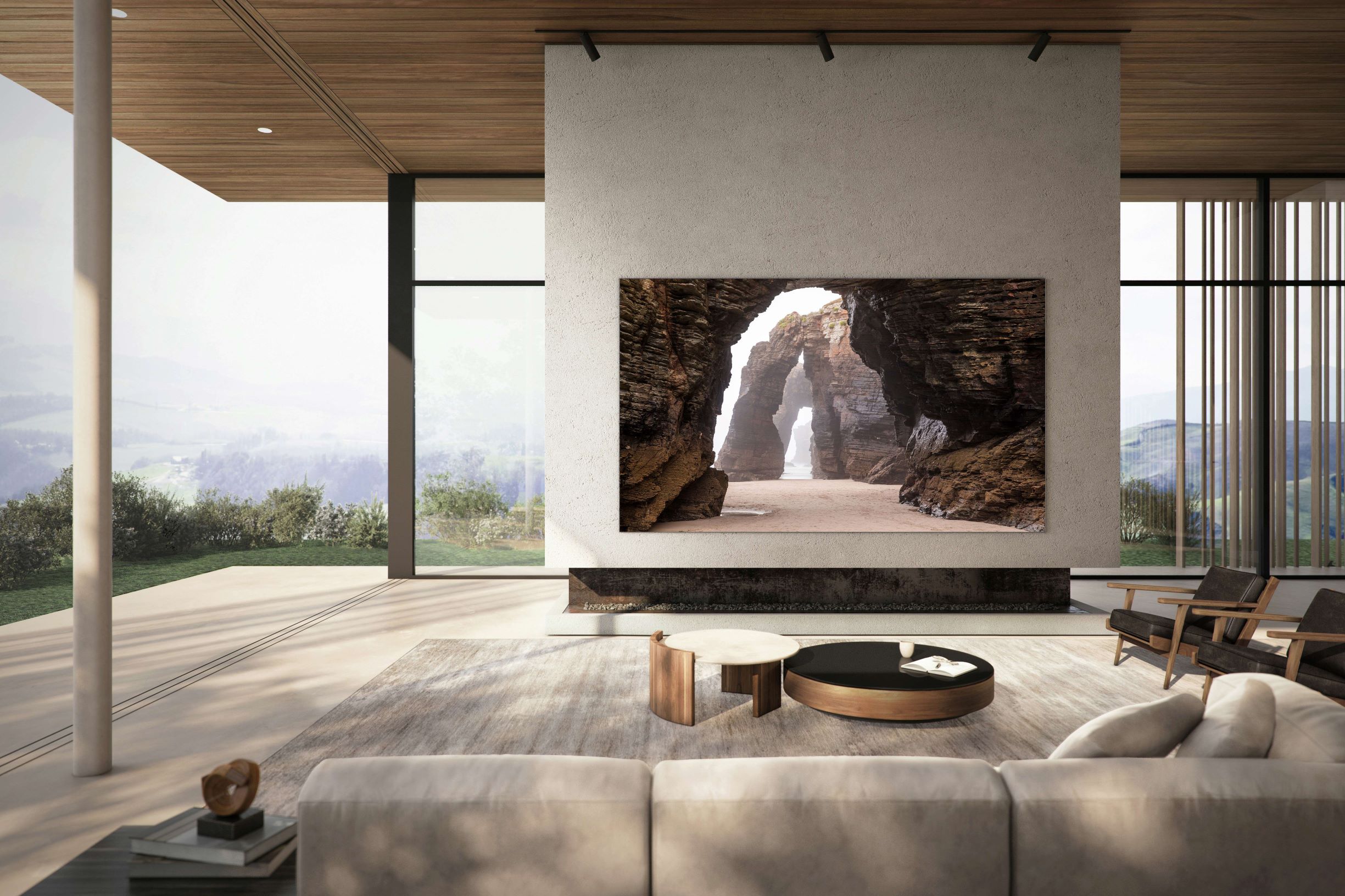

One of the most hotly-anticipated TVs of 2022 has gone into production. Samsung's 89-inch microLED TV could well be one of the best TVs ever made, although it's too big and too expensive for most of us. But if you have the cash and the space it's going to be amazing, and even bigger ones are coming. Samsung plans to make a 101-inch and a 110-inch version too.
But the size isn't the key thing here, because smaller TVs will come. What's interesting is microLED itself, which is a very different tech to the miniLED tech you're seeing in some of the best Samsung TVs right now.
And that's saying nothing about the darling of the home entertainment world today, the experience delivered by the best OLED TVs. But what does microLED do better than these other panel types?
Here are three reasons micro-LED is amazing, and one big reason not to buy just yet.
1. MicroLED can be even better than the best OLED
MicroLED is very different from miniLED: the latter uses smaller LEDs, but it's still a backlit panel with the contrast issues that entails. MicroLED is more like OLED in that it uses self-emissive LEDs, but instead of organic ones they're small, non-organic LEDs. There are three LEDs per pixel, enabling each pixel to turn itself off completely or display full colours that are completely different to the adjoining pixels. In theory that means perfect contrast.
2. MicroLED is really, really bright
Many OLED TVs suffer from a comparative lack of brightness; my mini-LED is much brighter than many more expensive OLEDs, and while brightness is improving – the LG C2 is brighter than the C1, for example – OLED can't deliver the same brightness as microLED. Samsung promises 4,000 nits of brightness to begin with, with plans to hit 10,000 nits as the technology improves. If you want a TV that's brighter than the sun, microLED is the tech for you.
3. MicroLED will last much longer
According to Samsung, a microLED TV should be good for 100,000 hours of viewing before the LEDs start to fail. That's the equivalent of sitting down in front of it and not moving for 11 solid years. OLEDs are typically quoted for 20,000 to 30,000 hours (although LG says its ones are good for 100K) but microLED doesn't suffer from the burn-in that can affect OLED TVs that show the same things for long periods.
Sign up to the T3 newsletter for smarter living straight to your inbox
Get all the latest news, reviews, deals and buying guides on gorgeous tech, home and active products from the T3 experts
That's the good news. Now for the bad.
4. MicroLED TVs are hilariously, bank balance-breakingly expensive
Samsung hasn't confirmed the prices of its microLED TVs yet, but earlier this year the 89-inch model was expected to have a price tag of 100 million Won. At the time of writing that's roughly $70,500 USD or £62,200 GBP. Those prices don't include sales taxes in the US or VAT in the UK, so the retail price could be even more. Not only would we need a bigger home to fit the 89-inch microLED TV; we'd need a considerably bigger bank balance to afford it too.
Don't worry, though: all cutting-edge tech starts expensive and falls in price. The first flat-screen TVs were $15,000, and so were the first OLED TVs. It'll be some time before micro-LED becomes as affordable as OLED, let alone the cheapest ones, but it'll get there eventually.
Writer, musician and broadcaster Carrie Marshall has been covering technology since 1998 and is particularly interested in how tech can help us live our best lives. Her CV is a who’s who of magazines, newspapers, websites and radio programmes ranging from T3, Techradar and MacFormat to the BBC, Sunday Post and People’s Friend. Carrie has written more than a dozen books, ghost-wrote two more and co-wrote seven more books and a Radio 2 documentary series; her memoir, Carrie Kills A Man, was shortlisted for the British Book Awards. When she’s not scribbling, Carrie is the singer in Glaswegian rock band Unquiet Mind (unquietmindmusic).
-
 How to watch Mario Kart World Direct – everything you need to know about the Switch 2 launch game
How to watch Mario Kart World Direct – everything you need to know about the Switch 2 launch gameNintendo will host a new Nintendo Direct presentation this week, here's how to watch it live and what to expect
By Rik Henderson
-
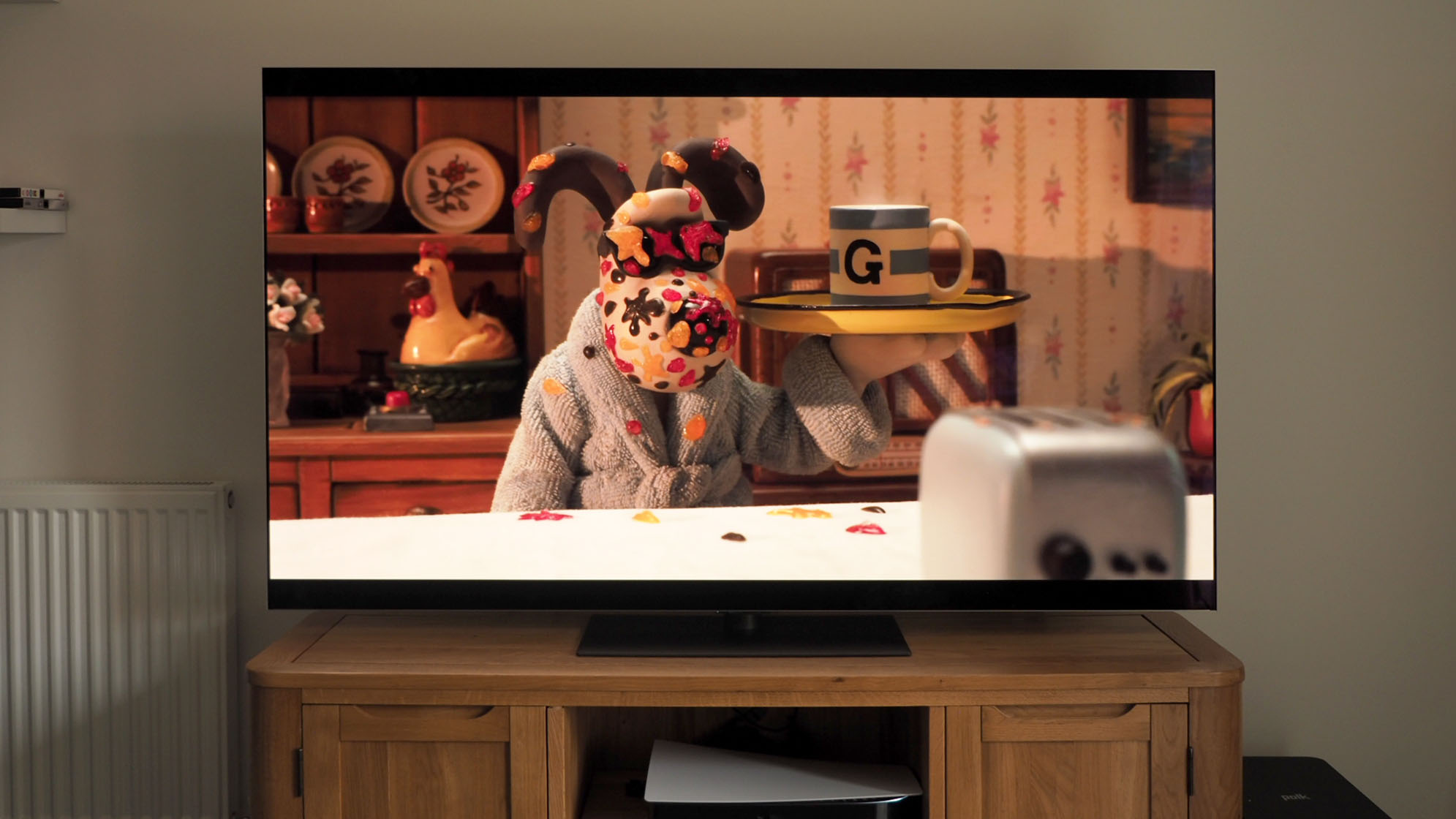 LG OLED G5 review: TV of the year?
LG OLED G5 review: TV of the year?LG's brightest-ever OLED TV is an instant winner – with some AI oddities
By Mike Lowe
-
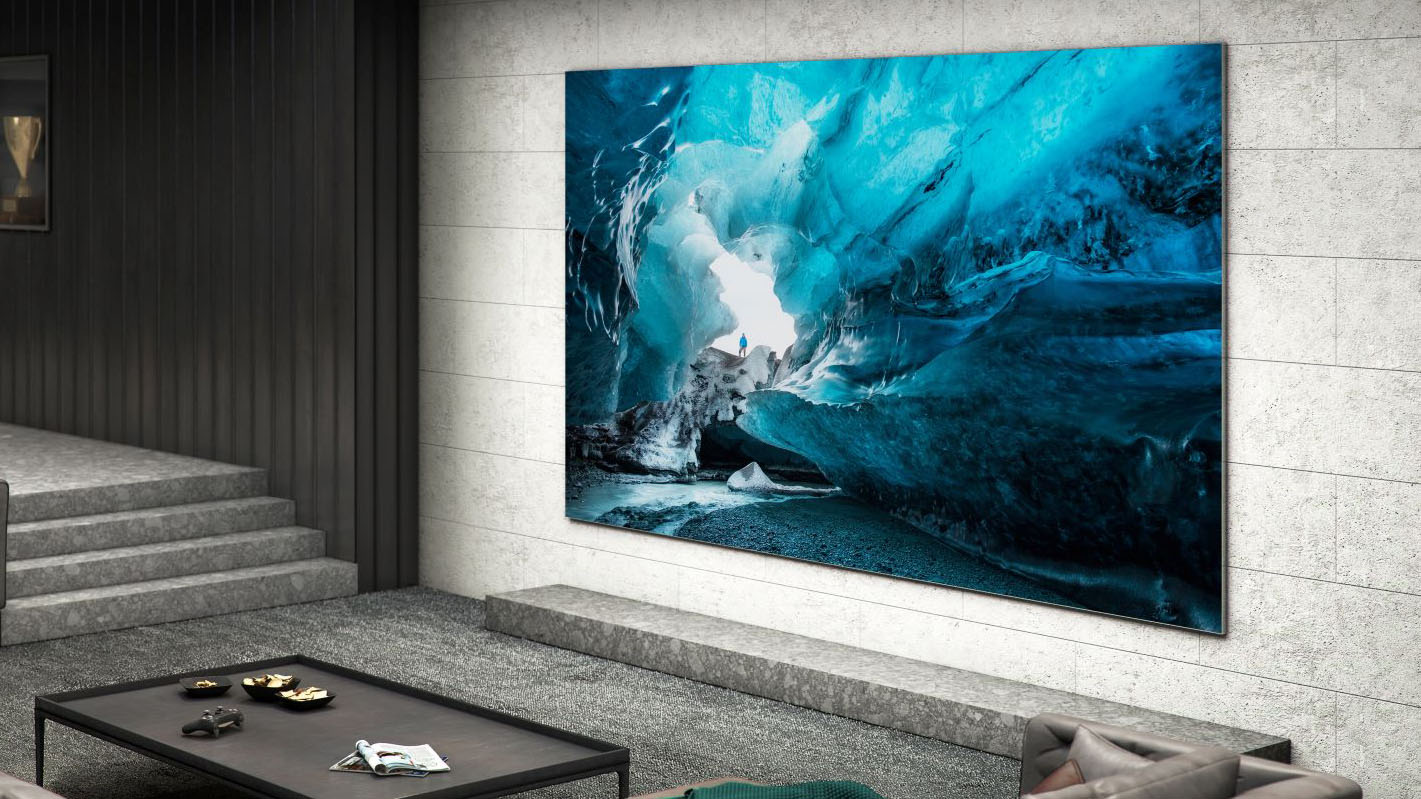 OLED TV or microLED TV: which is the better buy right now?
OLED TV or microLED TV: which is the better buy right now?MicroLED TVs are even better than OLED – but they're going to be terrifyingly expensive when they launch next year.
By Carrie Marshall
-
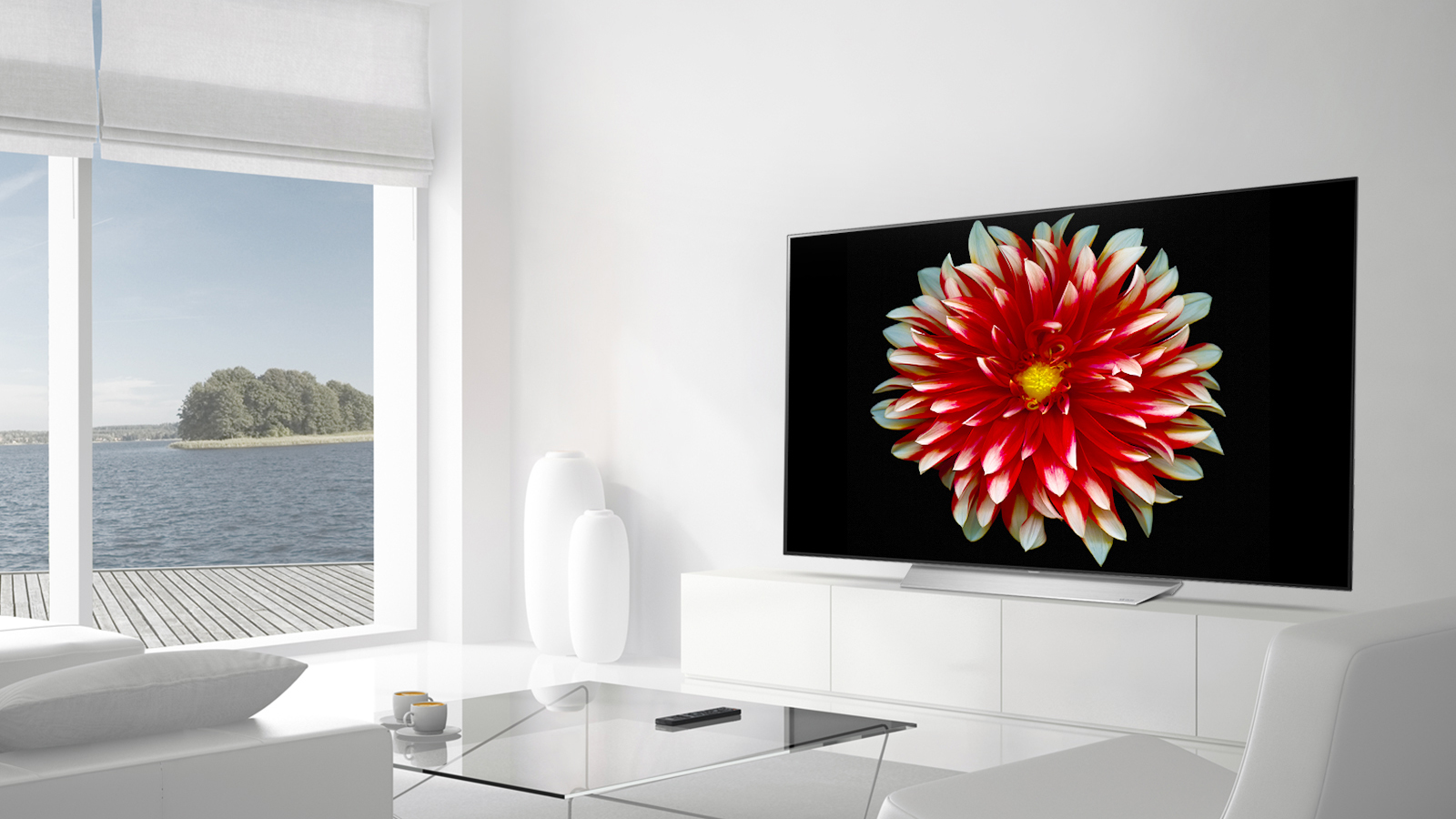 3 reasons to buy an OLED TV right now
3 reasons to buy an OLED TV right nowOLED TVs have to be seen to be believed – and there are very good reasons to treat yourself to one this month
By Carrie Marshall
-
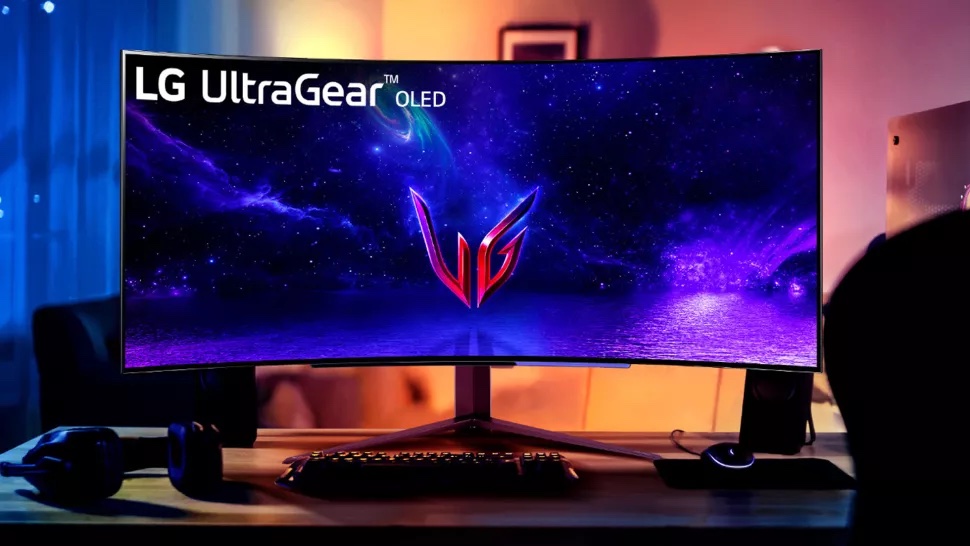 Whatever you do, don't buy an OLED monitor right now. Here's why
Whatever you do, don't buy an OLED monitor right now. Here's whyLimited availability and high prices means this isn't the time to invest in OLED
By Carrie Marshall
-
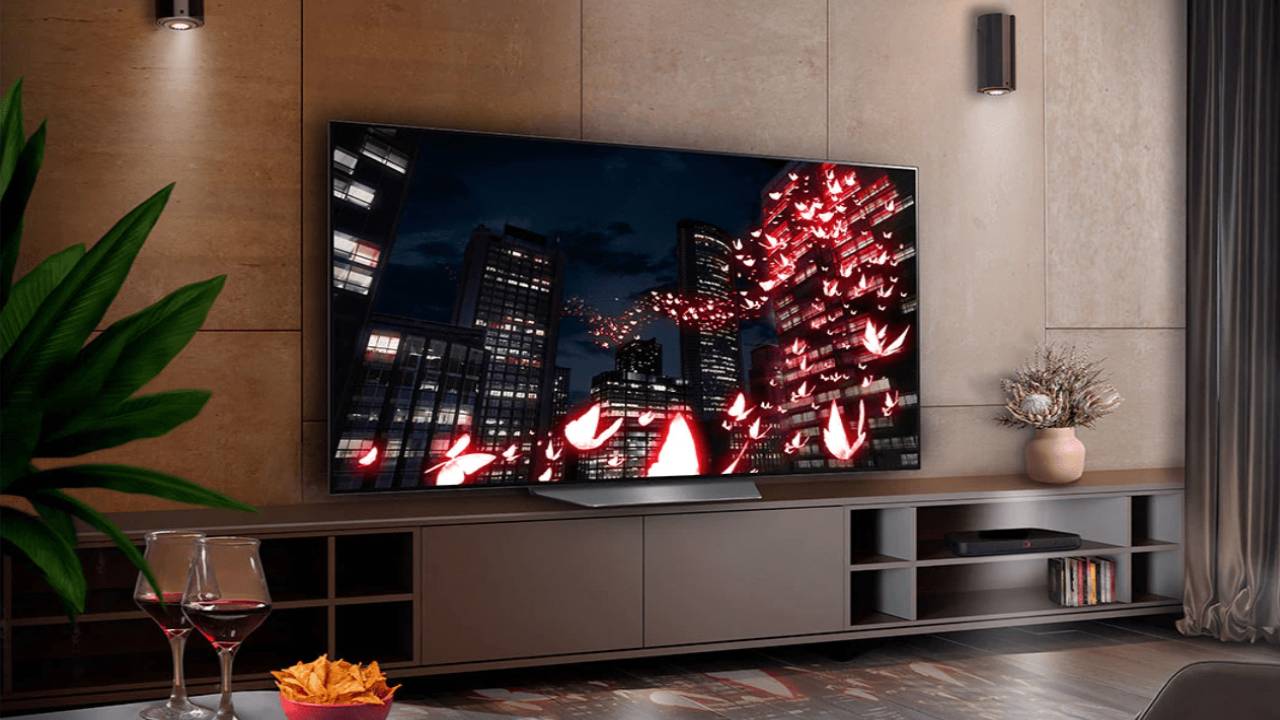 LG TV owners just got Apple TV+ for free
LG TV owners just got Apple TV+ for freeNo matter if you have an LG OLED TV or an LED model, you just got Apple TV+ for free
By Robert Jones
-
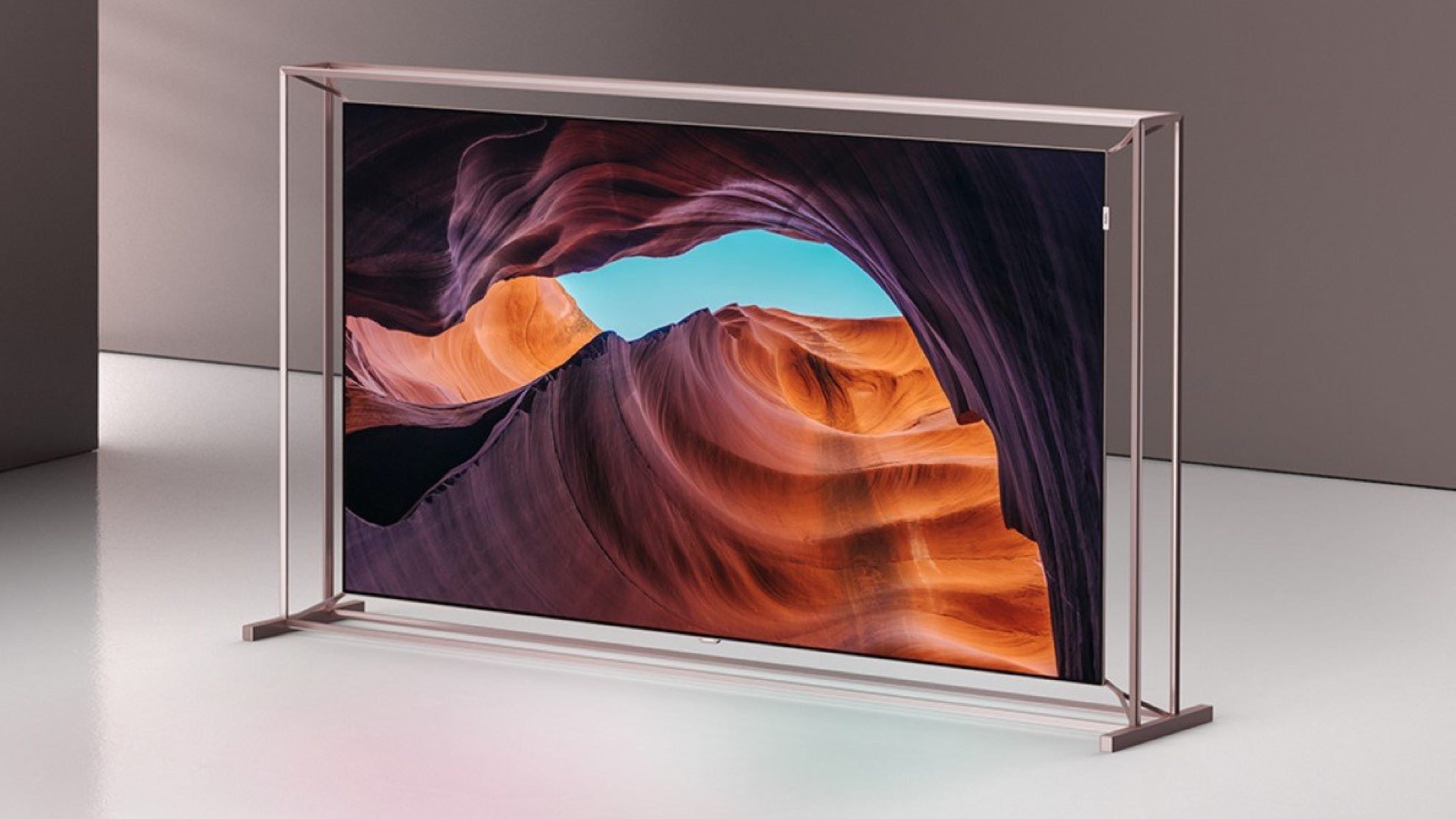 This LG OLED TV looks simply mind-blowing
This LG OLED TV looks simply mind-blowingImagine there's no bezels. It's easy if you try
By Carrie Marshall
-
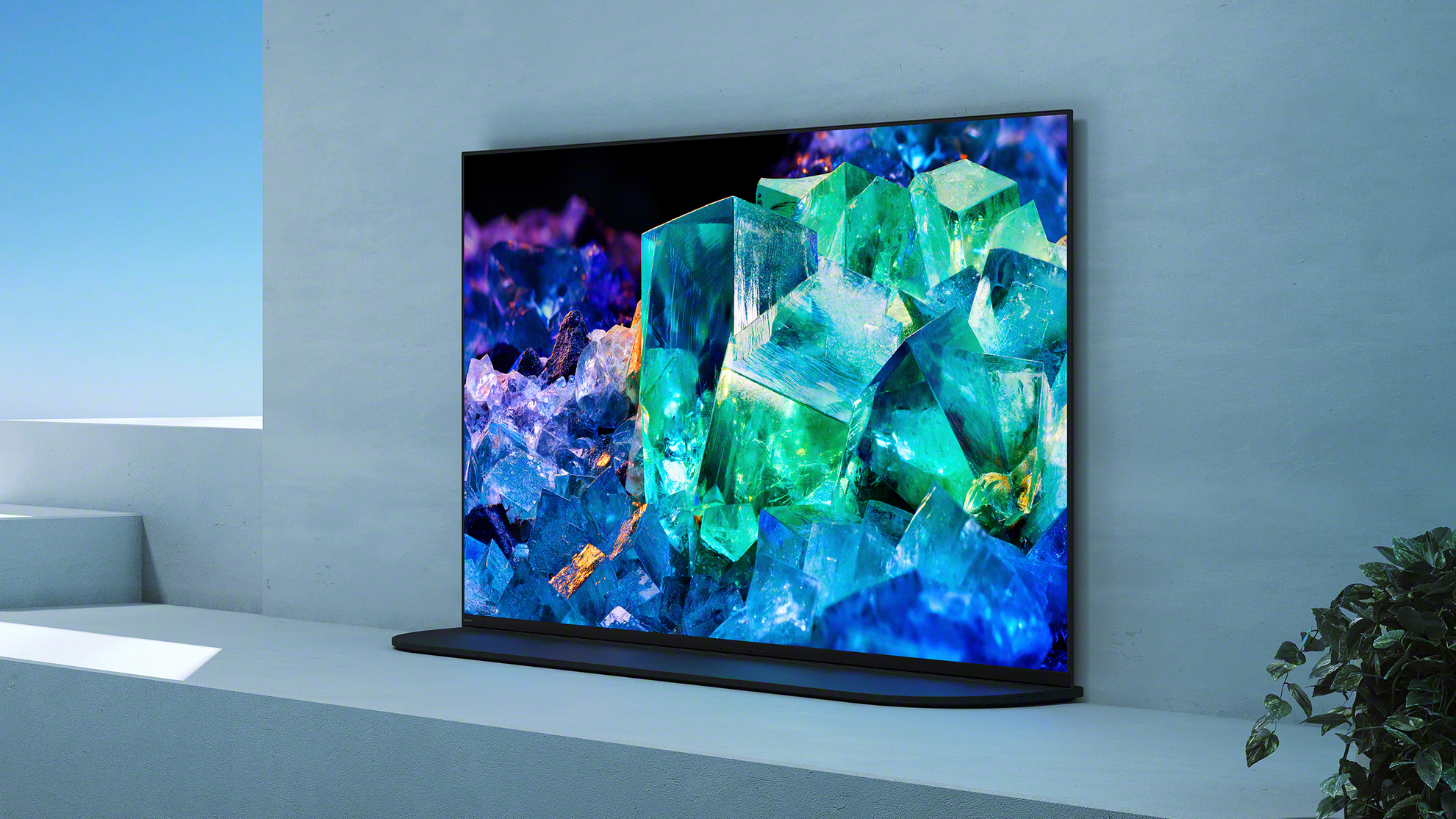 QD-OLED TVs suddenly look like an even smarter buy
QD-OLED TVs suddenly look like an even smarter buyPrices are falling, with even the best TVs getting closer in price to standard OLEDs
By Carrie Marshall
-
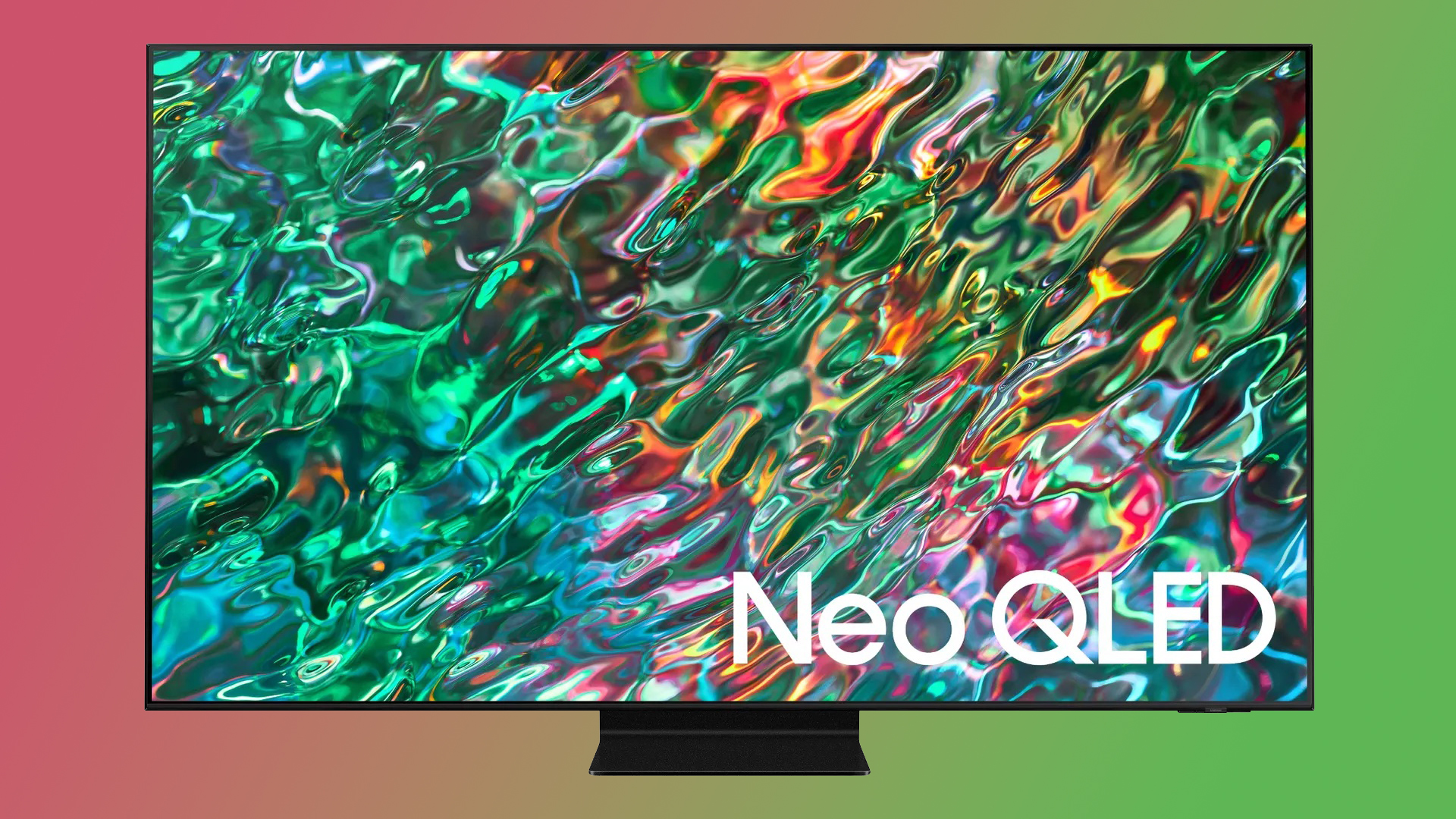 Are QLED TVs better than OLED TVs? Find out which is the better buy for you
Are QLED TVs better than OLED TVs? Find out which is the better buy for youIf you're looking for the very best TVs in 2022, you need to know about these two different display technologies
By Carrie Marshall
-
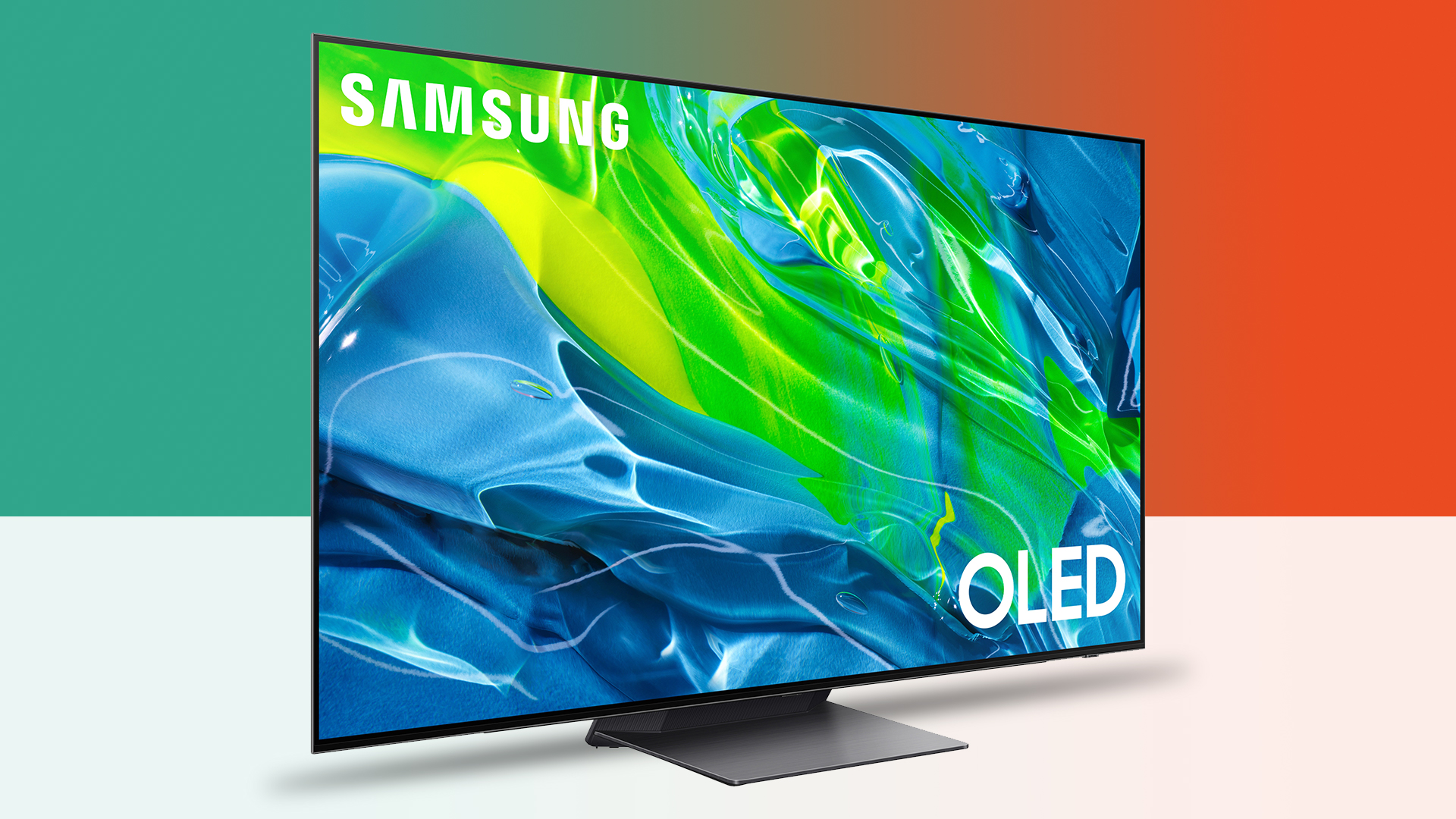 Samsung's super-thin QD-OLED TV tech sounds incredible
Samsung's super-thin QD-OLED TV tech sounds incredibleIf you thought today's OLED and QD-OLED displays were thin, wait till you see what Samsung's cooking up
By Carrie Marshall